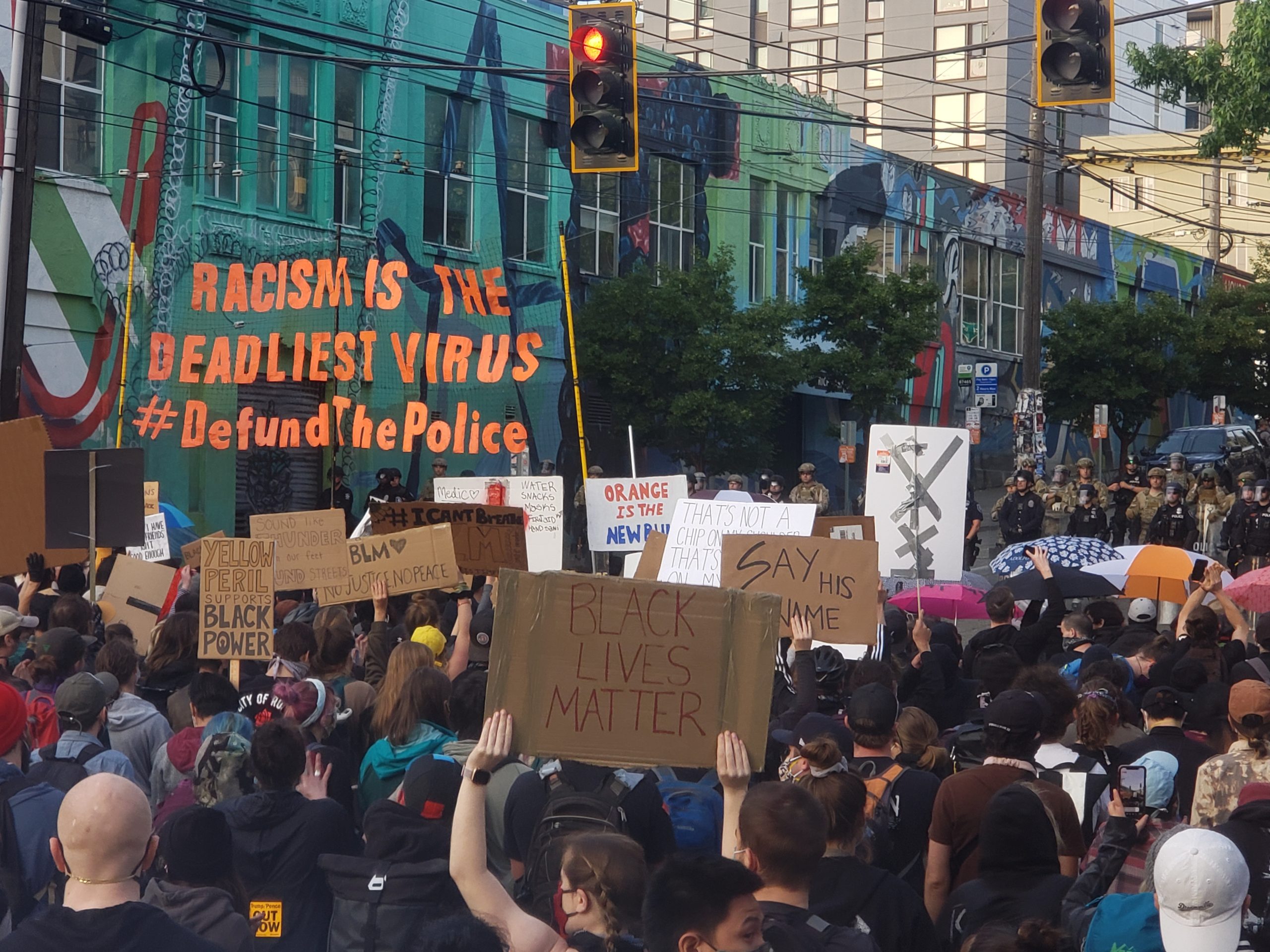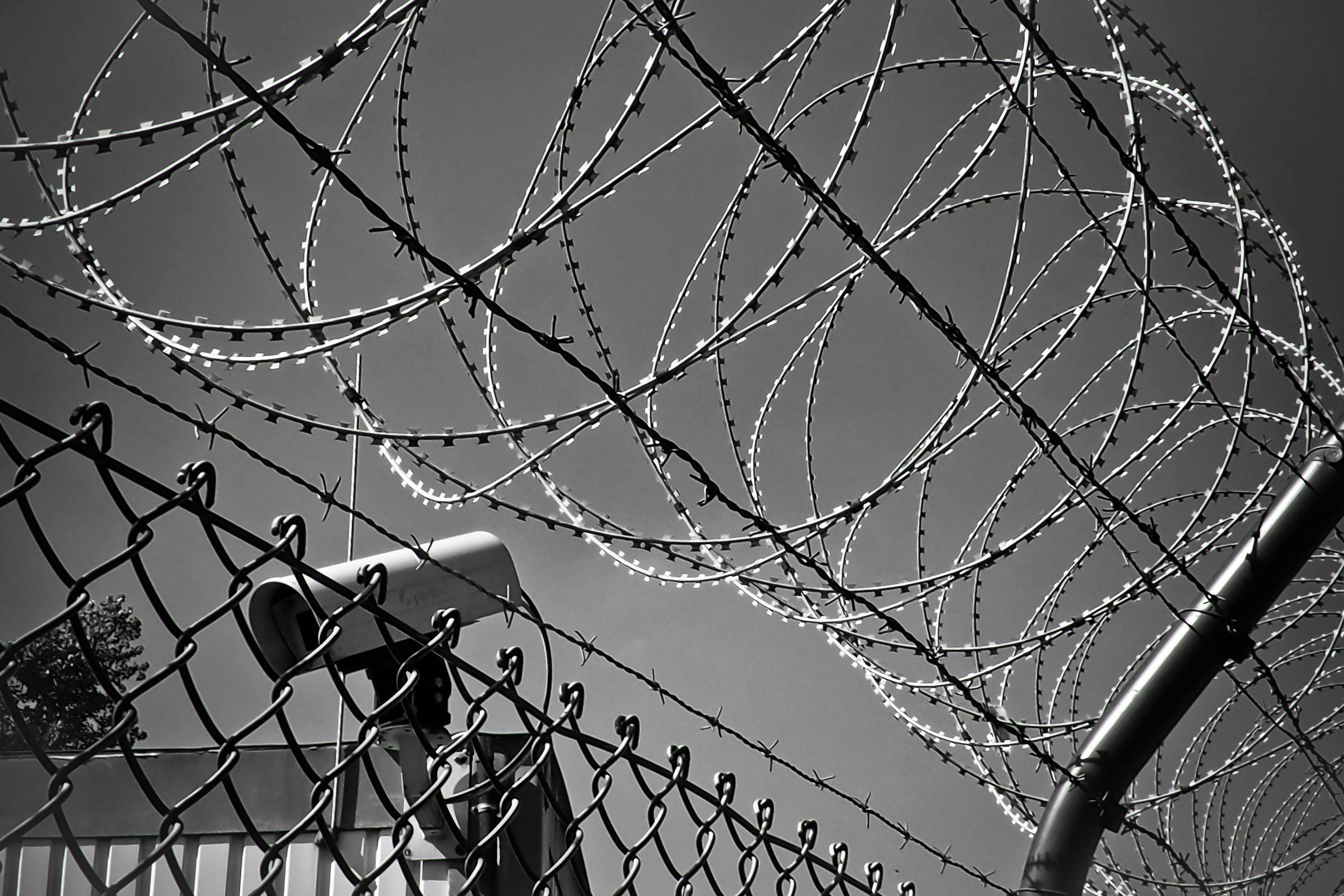
Two young boys running towards the ocean during sunset. “Children Running on Beach at sunset” by Click Sent is licensed under Pexels License.
Despite being one of the richest nations in the world, the US doesn’t have the best track record when it comes to child poverty. Millions of children and their families live at or below the relative poverty line and lack adequate food, housing and income. The COVID-19 pandemic could have deepened this poverty by taking children out of school and leaving many parents unemployed. However, emergency financial support policies during the pandemic actually led to a decrease in child poverty.
Researchers Zachary Parolin and Stefano Filauro investigated one of these policies, the American Rescue Plan (ARP) Act of 2021, which temporarily increased economic support for families. Notably, this act expanded the Child Tax Credit (CTC) making more families eligible for financial support. Examining 50 years of US data, the researchers found that this credit likely had a profound impact on the child poverty rate in the US. They found that the Supplemental Poverty Measure (SPM) decreased from 9.7% in 2020 to 5.2% in 2021, making the child poverty rate the lowest ever recorded in US history.To put the US child poverty rate into international context, the authors compiled data from over 50 different countries. For example, they found that the US had twice the child poverty rate as Germany in 2019, but in 2021 the rates were similar. Moreover, by 2021 US tax and transfer payment policies were driving down US child poverty at a rate comparable to policies in Norway. The researchers noted that these European countries make unconditional financial support available to all families with children, which is similar to the expansions from the ARP on the Child Tax Credit.
Unfortunately, the American Rescue Plan supports that led to the decline in child poverty expired at the end of 2021, and the SPM child poverty rate quickly rose again to 12.4% in 2022. Nevertheless, this research demonstrates that providing direct financial support to families can effectively reduce US child poverty. While “handouts” are often looked down upon by Americans, the ARP had a significant effect on these families. Although it was temporary, policies such as these can contribute to making children’s formative years more safe and stable.









